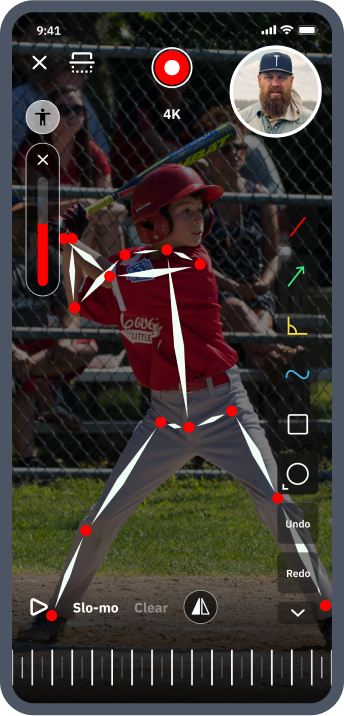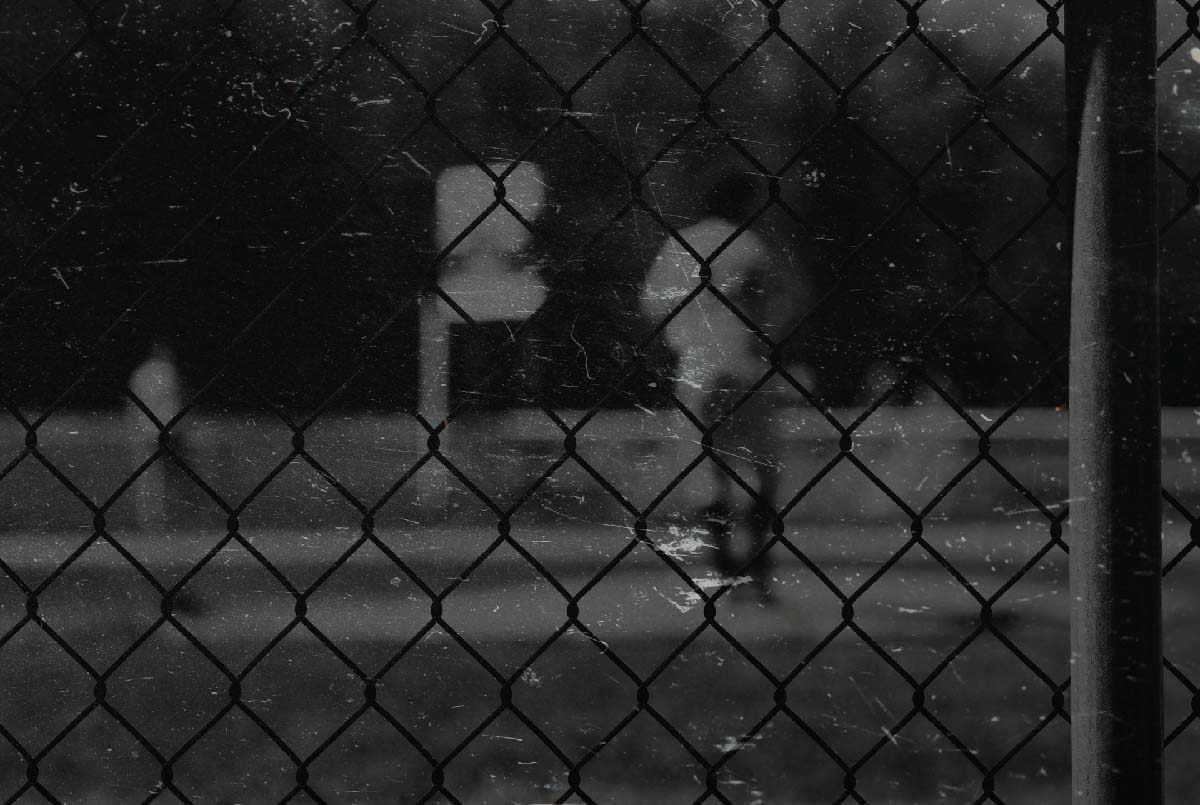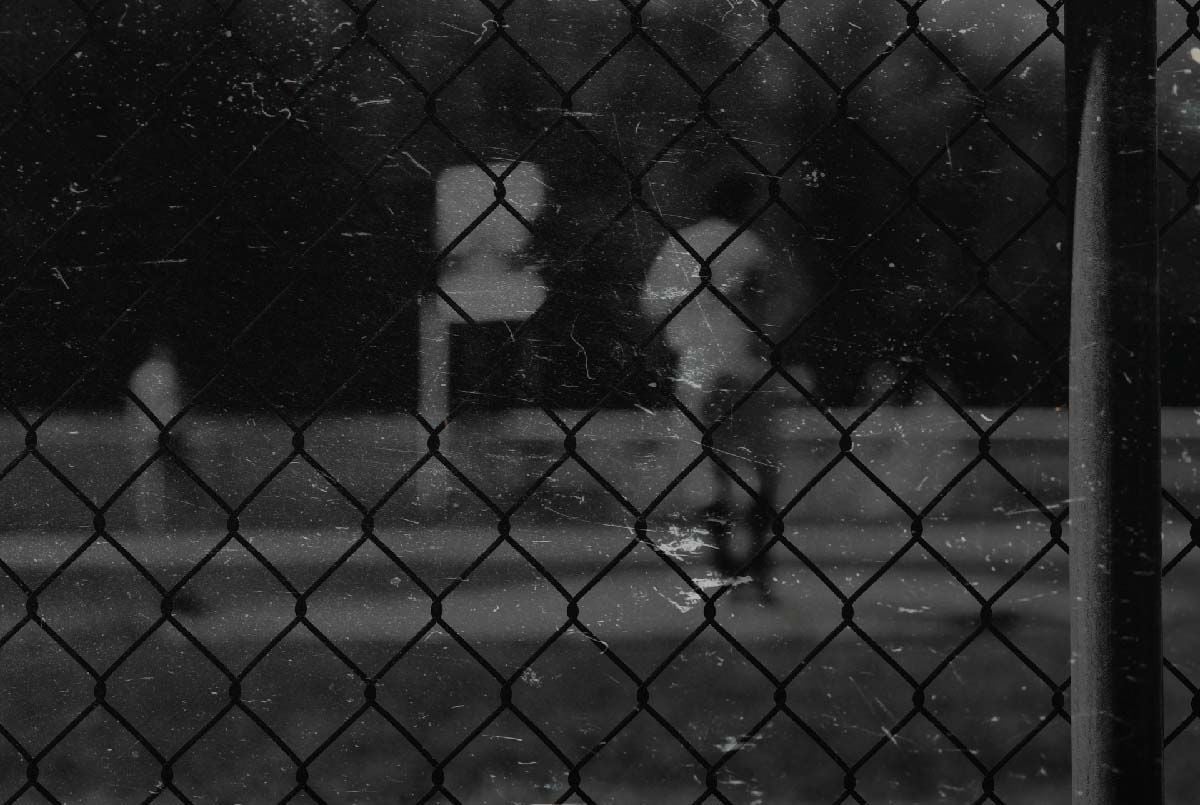The History of Softball and Its Greatest Moments

Softball has a rich, 130-year history and has developed into one of the most popular team sports in the United States and the world.
We’ll take a look at some of the greatest moments in softball history, including events that defined the game and players who brought attention to the sport we love.
It’s broken up into three parts:
- How Softball Started
- College and Youth Softball
- Professional and International Softball
How Softball Started – Origins and Development
Below are the highlights of softball at its origins and in its mid-twentieth-century heyday.
These watershed moments defined the sport and influenced its development, bringing us our modern conception of softball.
Softball is Born – 1887
The first records of women participating in organized baseball go as far back as 1866 at Vassar College.
But softball’s true beginnings are usually traced to 1887, with the invention of “indoor baseball.”
On Thanksgiving Day, members of the Farragut Boat Club in Chicago, Illinois were awaiting the results of a Yale-Harvard football game.
While they waited, they improvised a game of baseball in the club’s gymnasium, with a balled-up boxing glove.
In November 1887, softball was invented in Chicago. George Hancock crafted the first ball from boxing-glove laces. pic.twitter.com/uG7NqKMqK9
— Chicago History ™️ (@Chicago_History) December 1, 2015
They had such a good time that the Farragut Boat Club members spread their new sport to the city’s other clubs.
Two years later, George Hancock, one of the original participants in the first indoor baseball game, had written an official set of rules for the sport.
Its popularity spread throughout the Midwest and soon, to the rest of the country.
This indoor baseball game in Chicago is thought to be the first iteration of what would become modern softball.

Amateur Softball Association Starts – 1933
By 1933, softball had developed into a full-fledged sport, played by men and women across the U.S. It was so popular that the Amateur Softball Association was founded.
With the formation of the ASA, the rules of softball could be officialized.
And cementing the ASA’s founding was a national tournament held at the World’s Fair in Chicago in 1933, in which 55 teams competed.
The ASA became the most prolific softball association in the U.S., eventually running USA Softball and taking charge of the country’s six national teams that compete globally.
For those wondering why they don’t see ASA everywhere they used to, ASA rebranded as USA Softball in 2016.

International Softball Federation is Formed – 1952
Softball’s popularity soon spread beyond U.S. borders, and, in 1952, the International Softball Federation (ISF) was founded.
The ISF became the international governing body on softball, recognized by the Olympic committee to regulate men’s, women’s, and junior softball leagues and tournaments around the world.
The ISF hosted the first women’s fastpitch tournament in Melbourne, Australia in 1965. And the first men’s fastpitch tournament happened in Mexico City in 1966.
In 2013, the ISF merged with the International Baseball Federation to form the World Baseball Softball Confederation, headquartered in Lausanne, Switzerland.
Joan Joyce Strikes Out Ted Williams – 1961
Joan Joyce is widely regarded as one of the best softball players of all time.
In 1961, Joyce’s team, the Raybestos Brakettes, arranged an exhibition charity game and invited baseball great Ted Williams.
When Williams came up to bat against Joyce, she struck him out with her drop ball.
The 20-year-old Joyce had already made a name for herself before the Williams matchup.
But the 1961 exhibition game, along with Joyce’s prolific, 24-year career in the sport, would elevate the popularity of softball for years to come.
Joan Joyce is a softball legend who gave some of the best MLB hitters in history a tough time at the plate.
— Softball America (@SoftbalAmerica) June 7, 2020
Here are 🔟 stories you probably don't know about her:https://t.co/XHjBQFdiuw
The Connecticut Brakettes Put Women’s Competitive Softball on the Map – 1965
The Raybestos Brakettes, based in Stratford, Connecticut was the most famous softball team in the nation.
Formed in 1947 as the Raybestos Girls All-Stars by the Raybestos-Manhattan company, the team persisted for eight decades.
The Brakettes have welcomed some of softball’s biggest legends, including Joan Joyce, Bertha Tickey, Dot Richardson, Lisa Fernandez, and Sue Enquist.
It’s only fitting, then, that the Brakettes were one of the first teams to travel abroad to play softball.
As you may have seen them in the video above competing in 1965’s first-ever ISF Women’s World Championship in Australia.
Afterward, the team continued to travel and play around the world, becoming the sport’s American ambassadors and helping to spread it to all corners of the globe.

U.S. Wins Gold at Pan American Games – 1979
For many sports, regional competitions like the Pan American Games are a stepping stone for the Olympics.
And in 1979, softball made its first appearance at the Pan American Games, and the U.S. national team won gold.
Although softball wouldn’t be added to the Olympics until 1996, the sport’s presence in international competitions legitimized the world’s interest in it, as well as the competitive level of play.
1979 USA Softball Women's National Team at Pan American Games @espnW #98DaysToShine pic.twitter.com/y4S0trFM89
— USA Softball (@USASoftball) August 20, 2013
The History of Softball – College and Youth Levels
By the middle of the twentieth century, softball had become a hugely popular sport in the United States.
So by the time softball was introduced at colleges and universities, it already had a big following.
Since then, college softball has become the most popular division of the sport, usually garnering more attention than professional softball today.
Below are some memorable and defining moments from the history of college softball.
ASA Founds the Women’s College World Series – 1969
The Women’s College World Series (WCWS) was first organized by the ASA in 1969. The tournament brought together the best college softball teams in the nation.
In 1982, the NCAA took over the WCWS and has hosted it each year since.
Since 1990, the WCWS has been played in Oklahoma City – also the home of USA Softball (formerly the ASA).
The WCWS has become arguably the most popular tournament in U.S. softball – thanks in part to ESPN coverage of the WCWS, which started in 2000.
In 2015, ESPN reported more viewers for the WCWS than for its baseball equivalent, the CWS.
Softball and Title IX – 1972
When Title IX became federal law in 1972, it boosted the visibility of women’s university sports. Softball was no exception.
With the opportunity to offer talented athletes scholarships, more softball programs sprung up at the nation’s universities. Title IX was an important step in making softball popular at the college level.
If you want an in-depth look at the history and importance of this law, check out How Title IX Changed College Softball.
Dot Richardson Becomes the Youngest Player Ever in the ASA – 1975
Dot Richardson, one of softball’s greatest all-time players, started at a young age.
Her momentous Hall of Fame career started in 1975, when Richardson was the youngest player ever to play in the ASA at just 13 years old.
She was named NCAA Player of the Decade in the 1980s, as a three-time All-American at UCLA and a key player in UCLA’s 1982 NCAA softball championship.
She was a three-time gold medal winner with the U.S. national team at the Pan Am Games, and a two-time gold medalist at the Olympics. She’s also credited with the first home run in Olympic softball.
Considered by many to be The Greatest #Softball Player Of All-Time Liberty University Head softball coach Dot Richardson is the epitome of Fastpitch softball, a 4X MVP of the Women's Major Fastpitch National Championship, Dot owns 2 Olympic Gold Medals playing SS for team USA 🇺🇸 pic.twitter.com/fIv8Hh6r0j
— #Re2pect (@iLetsPlayBall) July 25, 2019
Leah O’Brien-Amico Sets WCWS Batting Average Record at .750 – 1994
Memorable college softball moments are dominated by the high-stakes WCWS.
In 1994, one such feat was University of Arizona Hall of Famer Leah O’Brien-Amico setting the record for the highest batting average at the WCWS.
At the 1994 tournament, she went 9 for 12, batting .750.
O’Brien-Amico set the bar high, as her mind-blowing record remains untouched.
Cat Osterman Strikes Out 19 Arizona Batters in 2005 WCWS – 2005
Cat Osterman, a dominant lefty pitcher since the early 2000’s, was a force of nature when she played for the University of Texas at Austin.
One of her most memorable performances was at the 2005 WCWS, when she struck out 19 of Arizona’s batters in an elimination game.
Osterman would go on to become a four-time All American collegiate athlete and two-time medal-winning Olympian for Team USA.
She also played in the National Professional Fastpitch League (NPF) for six seasons, being named All-NPF six times.
Lauren Chamberlain’s Walk-Off Home Run in 2013 WCWS – 2013
Great college softball moments don’t get much better than Lauren Chamberlain’s walk-off home run to help Oklahoma defeat Tennessee in the 2013 WCWS.
Home runs were usual for Chamberlain, who broke the NCAA home run record with 95 home runs in 2015.
The college softball-powerhouse ended up being a four-time All American and went on to play for the US national team.
Rachel Garcia at the 2019 WCWS - 2019
Pitcher Rachel Garcia helped propel the UCLA Bruins to victory in the WCWS.
With 16 strikeouts and a walk-off home run, Garcia put in a lasting impression at the WCWS.
Garcia also won the Honda Cup in 2019, for the second consecutive time.
The History of Professional and International Softball
Many defining moments of modern softball have occurred at the professional or international level.
Below are just some highlights from the last two and half decades.
Softball Gets Added to the Olympics – 1996
After years of unsuccessful campaigning, softball was finally added to the Olympics for the 1996 program.
American and Japanese softball associations had been pressing for its inclusion since the 1940s.
The sport’s 1996 debut was a huge deal for softball, finally acknowledging its international appeal and high level of competition.
Softball’s premiere at the Olympics was especially poignant for the U.S. as the Summer Games were hosted in Atlanta that year.
The U.S. won gold medals at three consecutive appearances, in 1996, 2000, and 2004.
Simply dubbed "The Real Dream Team", the 2004 U.S. Olympic Softball Team was nothing short of outstanding.
— USA Softball (@USASoftball) October 7, 2019
Going 9-0 through the Games with eight consecutive shutout victories, the U.S. outscored their opponents 51-1 in their quest to the Gold.
» https://t.co/4Uug0oYZ1B pic.twitter.com/MPqRp9YFWl
Softball’s inclusion in the Olympics did the most for elevating the sport’s popularity on a global stage.
Softball fans and athletes around the world were disappointed when it was decided that neither softball nor baseball would be on the Olympic program for 2012 or 2016.
The Olympic Committee decided to add softball and baseball again for the 2020 – postponed to 2021 due to COVID-19 – Games. This announcement had softball supporters all over the world celebrating.
The success is short-lived, though, as it doesn’t appear that the sport will be back for the 2024 Olympic Games in Paris.
For an in-depth history and analysis of softball’s up and down relationship with the Olympics, look no further than Why Were Baseball and Softball Removed from the Olympics?

Lisa Fernandez Bats .545 at the Olympics – 2004
There have been many firsts and big moments in Olympic softball, and one of the most memorable was Lisa Fernandez’s .545 batting average in Olympic play in 2004.
The Hall of Fame pitcher dominated the diamond throughout the 1990s and at the 1996, 2000, and 2004 Olympic games.
Her prowess has earned her accolades like “one of the greatest female athletes of all time.”
Coach and softball legend Sue Enquist called her “an absolute engineer of the game.” Players as good as Fernandez will have an everlasting impact on the sport.
Pitcher Jennie Finch Strikes Out the Baseball Boys – 2004
In a memorable outing, superstar pitcher Jennie Finch, considered one of the best softball pitchers of all time, struck out MLB sluggers like Albert Pujols and Mike Piazza.
Finch squared off against these elite baseball players at a Pepsi All-Star exhibition game – and they were unable to get a hit off her.
Finch had already drawn attention as a star pitcher, but her domination over Major Leaguers like Pujols threw an even bigger spotlight on her and softball.
No doubt Finch’s triumph encouraged more young people to play and fall in love with softball, and Finch continued to dominate MLB hitters on various TV shows and exhibitions for years.
National Pro Fastpitch League Starts – 2004
Previous attempts at establishing a professional softball league had fallen through, but in 2004 the NPF was formed.
The NPF finally gave elite softball athletes the chance to keep playing after college.
Different teams have started up and disbanded in its 16-year history, including foreign teams like the Chinese Beijing Eagles, the Aussie Peppers, or the Canadian Wild.
The NPF helped bring the best softball talent in the world to play in the U.S., increasing its popularity at home and abroad.
Monica Abbott Becomes First Professional Softball Athlete to Sign $1 Million Deal – 2016
Professional softball hit a milestone in 2016. Hall of Fame pitcher Monica Abbott, on record as the fastest pitcher of all time at 77 mph, was the first professional softball athlete ever to sign a $1 million deal.
The NPF team Scrap Yard Dawgs, based in Houston, offered her the sum for six years.
The move was hailed as a watershed moment for professional women’s softball, whose athletes consistently earn less than their baseball counterparts.
AJ Andrews First Female Athlete to Receive Gold Glove – 2016
Another softball first occurred in 2016 when A.J. Andrews became the first female athlete to win the Rawlings Gold Glove.
Until Andrews received it, the award had been given to 323 Major League Baseball players, only men.
Andrews’ 2016 Gold Glove paved the way for other softball players to receive it – Jade Rhodes, Chelsea Goodacre, and Jessie Warren have since been recipients.
Bestowing this honor on softball athletes is a recognition that softball athletes train and play at a highly competitive level, just like professional baseball players.
This moment was everything to me and the softball community! Proving that all barriers can be broken and all goals can be achieved. Congrats to tonight's @RawlingsSports Gold Glove Winners and a special congrats to @profastpitch winner @chelseagoodacre! pic.twitter.com/y9UDniXZBV
— A.J. Andrews (@aj_andrews_) November 8, 2017
Athletes Unlimited Starts – 2020
Athletes Unlimited Softball is a professional league founded by Jonathan Soros and Jon Patricof in 2020.
There are no team managers or owners, and the fastpitch athletes share directly in the league profits and organizational decisions.
This is, of course, a radical departure from how other professional athletics leagues are structured.
Players are rostered on a single team but switch teams every week of the short season via drafts. Players compete as individuals earning points.
The four players who earned the highest number of points each week become captains for the next week and organize the newly drafted teams.
Players earn these points according to both their team and individual performances. At the end of the season, the champion is the ballplayer with the most points.
The National Pro Fastpitch League has fallen on hard times in recent years, but Athletes Unlimited continues to grow in scope and popularity.
This experimental league provides a new home for amazingly talented ballplayers to continue playing the game they love after college, which is a win-win for them and fans alike.

Final Thoughts on The History of Softball
There are plenty more milestones and famous players in the history of softball that weren’t covered here.
The story of softball is robust and exciting, with incredible moments that impact the athletes who play it and the fans who watch it. And the great news is that this history is still being made.
Unlock your ballplayer’s full potential
Find the perfect vetted coach to build a solid foundation or take your player's skills to new heights.
Download the free app

About the Author
Courtney Withrow
Professional Writer
Originally from the U.S., Courtney is a Brussels-based freelance writer with a Master’s degree in International Relations. She grew up playing softball and still loves the game.
